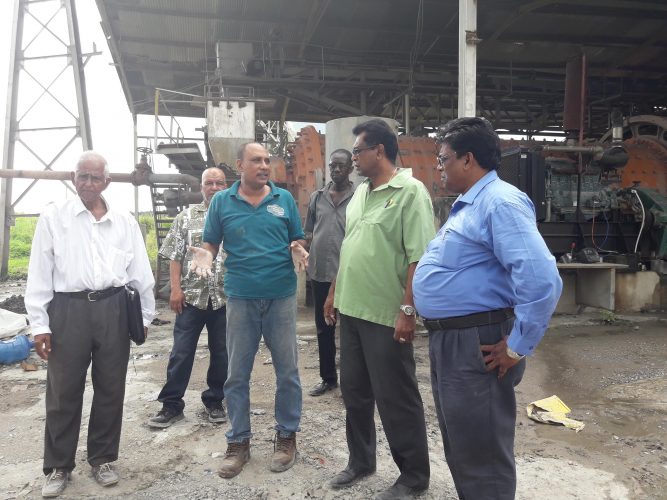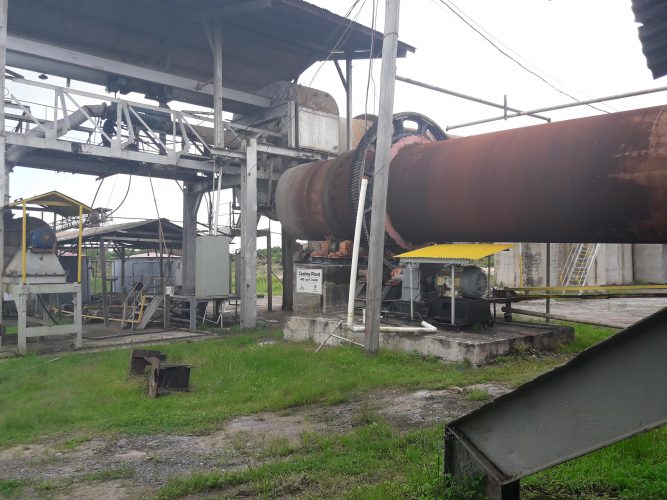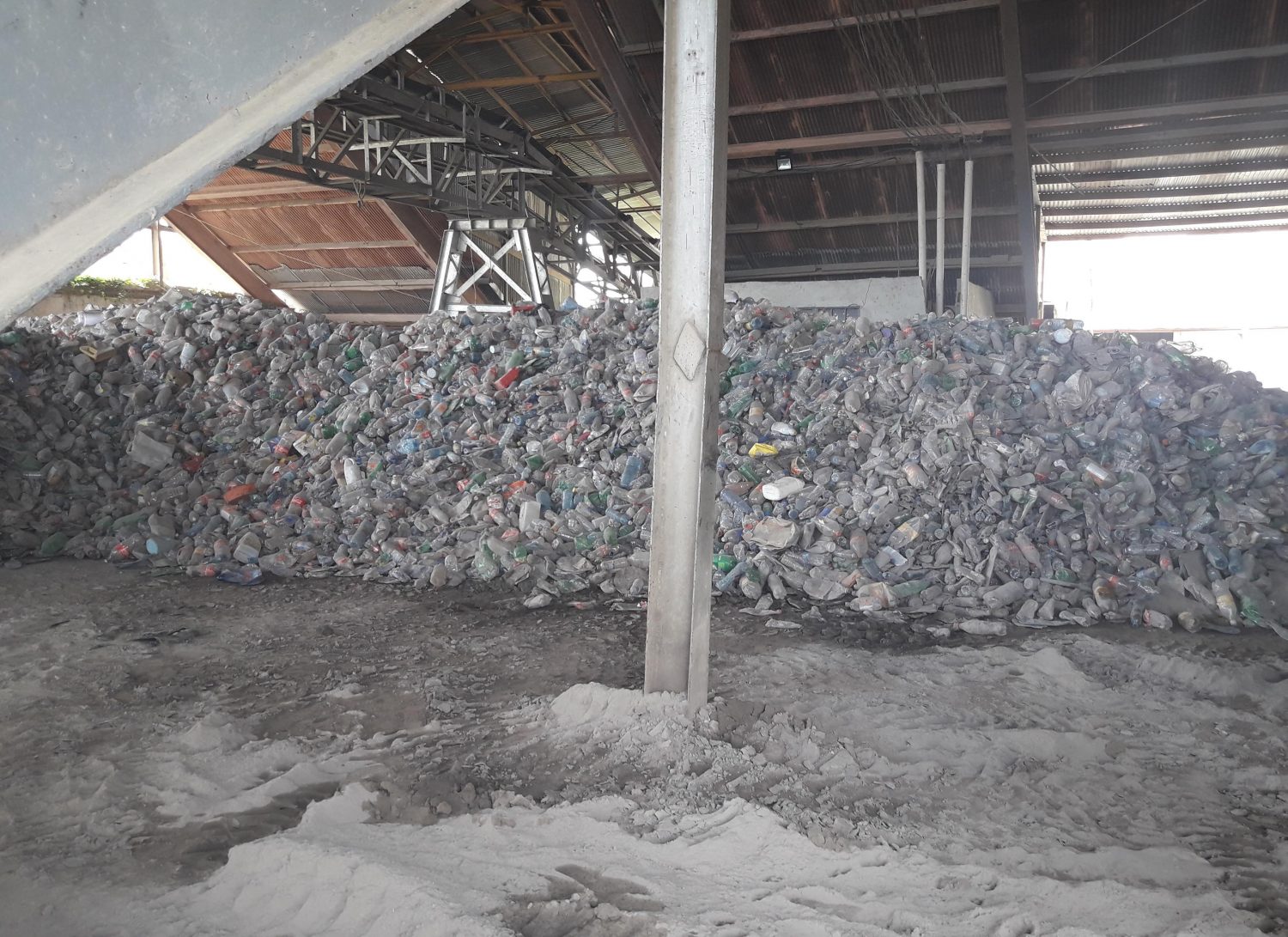The Caricom Cement Factory, which has its headquarters at Everton Village, East Bank Berbice, is expected to begin the production of cement in two months and it is planning to supplement its workforce with sugar workers seeking new employment once the Rose Hall Estate is closed.
According to Director Shaun Lall, the factory is expected to produce 60,000 tonnes of cement annually. Lall also said that before the end of August, approximately 100 persons are expected to be employed by the company, and that number is expected to rise to 500 before the end of December.
However, he stressed, employment will rise as the production of cement increases. He said, as production increases, persons will be employed for trucking, inventory and many other services.
Caricom Cement was launched in December 2014 and it promised low prices. It is unclear why production is only now starting.

Owner of the Plant, Dr. Joshua Safeek had told the gathering at the launch in December 2014 that they should put their construction plans on pause as he promised that the cement coming out of his plant would be close to $1000 per sack in January 2015 since it would be made here with some local inputs.
Lall noted on Sunday that since the Rose Hall estate will be closed in December, sugar workers are the ones who will most likely be employed at the factory.
The government is closing the factory as part of its reorganisation of the sugar industry.
Lall further noted that while GuySuCo and the government plan to lease lands to sugar workers to cultivate rice, the company plans to purchase most, if not all, of the rice husks from the rice cultivators as it is crucial for the cement production.
Lall explained that mostly local raw materials will be used in the production of cement at the factory and having the availability of rice husks in the immediate environs would be an advantage.
According to Lall, plastic bottles and chipped used tyres will also be needed. He explained that a large amount of energy is needed for cement production and the company found after conducting several studies and successful trial runs that the plastic bottles and used tyres can be used to assist in generating the heat needed to fuel the kiln to get to the necessary temperature in order to produce the cement.
He said, the company has been purchasing plastic bottles from persons in New Amsterdam. “Instead of the bottles going to the dump site in New Amsterdam, we will buy them,” he said, while also pointing out that persons can also collect the plastic bottles and then take it to the company for sale.
Questioned about an average price range for the cement that will be produced by the factory, Lall emphasised that it will be lower than the current local market price since mostly local raw materials will be used in production.
Lall said that the company is looking at being a marketing agent for the sugar workers who will be cultivating lands once the estate is no longer in operation. “We are not only looking at cement,” he stressed.
He did, however, point out that while everything will not be completed overnight, the company has been planning.
Meanwhile, Minister of Public Security Khemraj Ramjattan visited the factory on Sunday afternoon for more information about its cement production and plans for the future.

After his visit, Ramjattan told reporters that since the merger of estates in the region will be affecting employment, the government is looking at creating alternative employment. “I have been asking a number of entrepreneurs and businessmen who are big enough with their investment projects to indicate to me how much more employment they can accommodate because, of course, there is a lot of workers—hundreds, probably thousands—that would be affected by the reorganisation of the sugar industry,” he said.
Against this background, Ramjattan stated that his visit was quite interesting and he noted that the company can create hundreds of jobs.
He further explained that officials from the cement factory have indicated that they have “certain projects” in the pipeline, which can also be helpful to the region. “We know that sugar doesn’t have a future. What then has a future? Definitely cement manufacturing. Definitely rice production,” he said.
Ramjattan noted that he learnt during the visit that 9% of cement is produced from the rice husks, and also, that in order to get the necessary energy needs to power the factory, plastic bottles can be used. “33% of the energy needs from the plant come through the garbage bottles and chipped used tyres,” he said. “…It is helping in the environmental project that we have too,” he noted, while adding that he is excited for whatever projects the company has in the works and would be relaying any request for assistance to the government.
Also present during the visit was Field Manager Mohammed Zid, who is attached to the Rose Hall Estate, along with other officials attached to GuySuCo and other top officials from the Caricom Cement Company.

